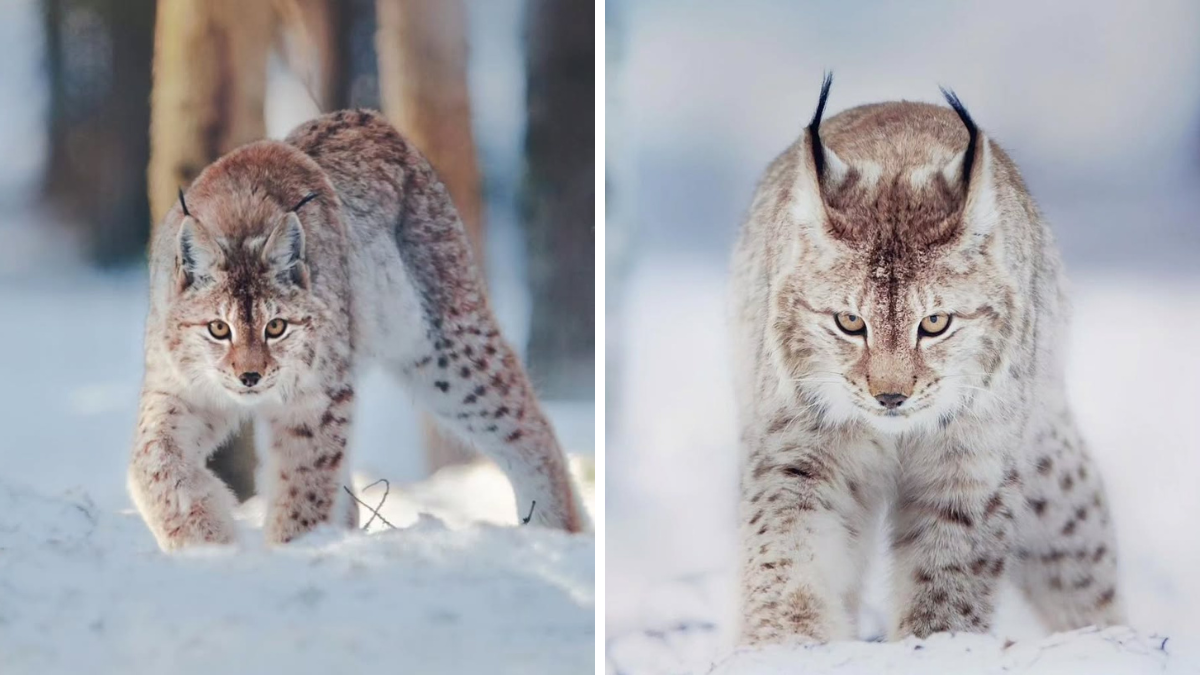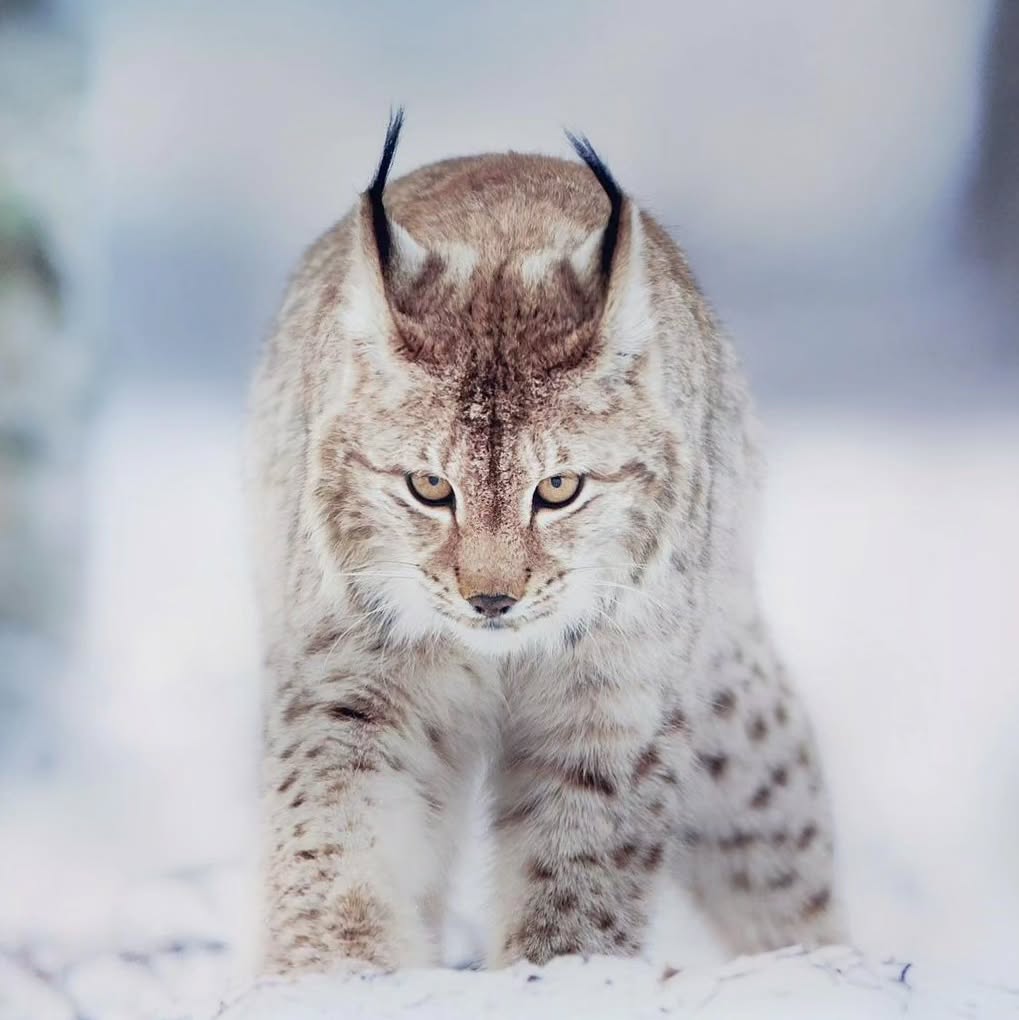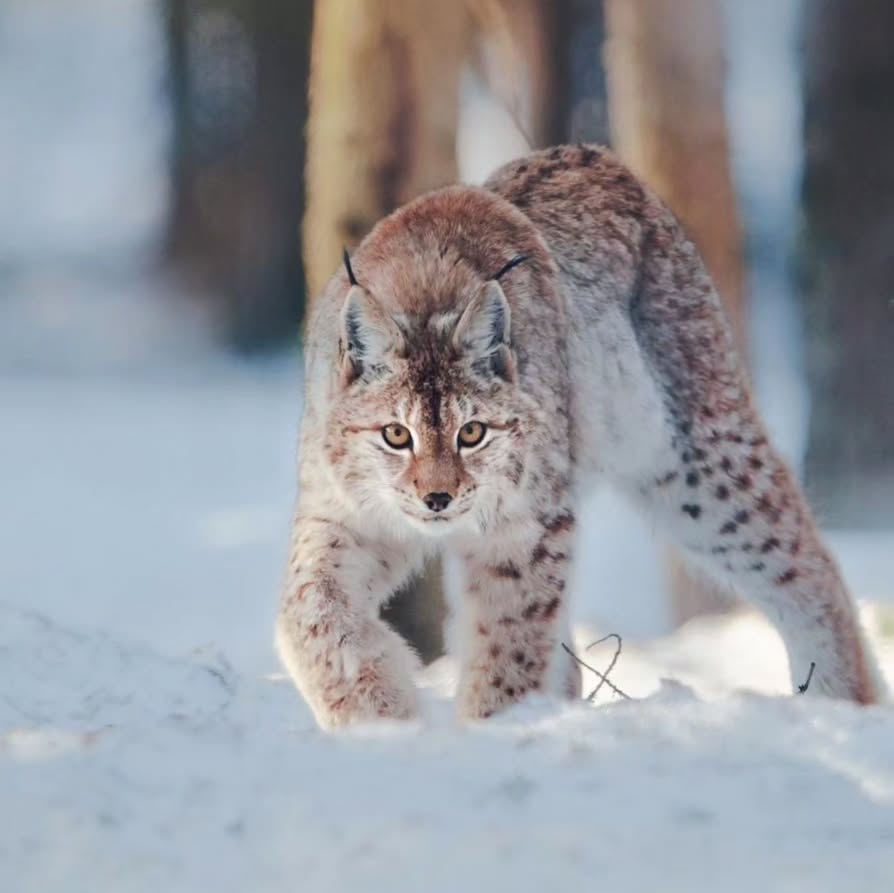📖 Table of Content:
With their tufted ears, snowshoe-like paws, and mysterious gaze, lynx cats look like creatures straight out of folklore. They seem wild and untouchable—perfectly adapted to frozen forests and rocky mountain ranges. But these elusive felines are more than just pretty faces; they’re living proof of nature’s remarkable design, evolutionary resilience, and, sadly, growing vulnerability.
So what exactly makes lynx cats so special? From their ancient roots to their quirky hunting habits—and the threats that now endanger them—lynx cats are one-of-a-kind predators worth knowing and protecting.
Let’s dive into what makes the lynx not just rare but truly remarkable.
A Wild Family Tree: The Evolution of the Lynx
The lynx belongs to the Felidae family, and its lineage dates back 2 to 4 million years. There are four species of lynx found across the Northern Hemisphere:
- Eurasian lynx (Lynx lynx)
- Canada lynx (Lynx canadensis)
- Iberian lynx (Lynx pardinus)
- Bobcat (Lynx rufus)
Despite differences in size, range, and conservation status, all lynx species share similar features—short tails, large padded paws, and that iconic ruff of fur under the chin.
The lynx likely evolved as a cold-climate specialist, thriving in dense forests and snowy regions where its unique physical adaptations gave it an edge. Over time, regional differences shaped the four species we know today, but their evolutionary DNA remains consistent: built for stealth, solitude, and survival.
What Sets Them Apart: Traits That Make the Lynx Truly Unique
Lynx cats aren’t just any wildcats. Their distinct features and behaviors set them apart from both domestic cats and other large predators.
1. Ear Tufts and Facial Ruffs
Perhaps the lynx’s most recognizable feature, those black tufts on their ears, aren’t just for show. Scientists believe they enhance hearing by funneling sound and may also serve as visual communication tools between lynx.
Their cheek ruffs—fluffy beards of fur—help shield their faces from cold wind and snow, a clever adaptation for harsh climates.
2. Massive, Fur-Covered Paws
A lynx’s paws act like natural snowshoes. Wide and heavily furred, they help the lynx stay on top of deep snow without sinking, giving them an edge over prey like hares and small mammals that struggle to move in winter conditions.
3. Incredible Stealth
Unlike big cats that use brute strength, lynx are masters of ambush hunting. They rely on silence, stalking prey slowly and striking with lightning-fast precision. Their padded paws help them move almost silently through the underbrush.
4. Solitary and Secretive
You won’t find lynx in packs. These cats are highly solitary, often roaming huge territories (up to 100 square miles) alone. This elusive nature makes them incredibly difficult to study—and even harder to protect.
Diet and Hunting Style
Lynx cats are obligate carnivores, and their diets vary by species and region. The Canada lynx, for example, has a near-exclusive relationship with the snowshoe hare—its population often rises and falls in sync with hare numbers.
Eurasian lynx, being larger, can take down deer fawns and other medium-sized ungulates, while bobcats are the most adaptable, eating everything from rodents to birds to small reptiles.
Their hunting style is stalk-and-pounce—relying on patience, silence, and a sudden burst of speed to capture their prey.
Habitat and Distribution
Lynx cats inhabit diverse environments depending on the species:
- Canada lynx: Boreal forests of North America
- Eurasian lynx: Forested and mountainous areas across Europe and Asia
- Iberian lynx: Mediterranean scrublands of southern Spain and Portugal
- Bobcat: Widely distributed across the U.S., Mexico, and parts of Canada
Each species is tightly linked to its environment, and habitat loss is one of the biggest threats they face today.
The Fight for Survival: Conservation Challenges
While some lynx species, like the bobcat, have stable populations, others are in serious danger. The Iberian lynx, once the rarest cat in the world, faced near-extinction in the early 2000s. Thanks to conservation programs—including captive breeding, habitat restoration, and rewilding—its numbers have climbed from fewer than 100 to over 1,000. But the fight isn’t over.
Major threats to lynx include:
- Habitat destruction and fragmentation
- Poaching and illegal trapping
- Climate change (which affects prey populations and snow cover)
- Vehicle collisions
- Human encroachment
The Canada lynx, while still protected in many areas, is at risk from a warming climate that threatens its snowshoe hare-dependent hunting strategy.
Conservation groups continue to advocate for protected corridors, stricter hunting regulations, and increased awareness to give these cats a fighting chance.
Why Protecting the Lynx Matters
Lynx aren’t just beautiful—they play a crucial role in maintaining ecological balance. As apex predators, they help control populations of smaller animals and contribute to the health of their ecosystems.
Saving lynx species isn’t just about saving a cat—it’s about preserving entire habitats and the biodiversity that depends on them.


